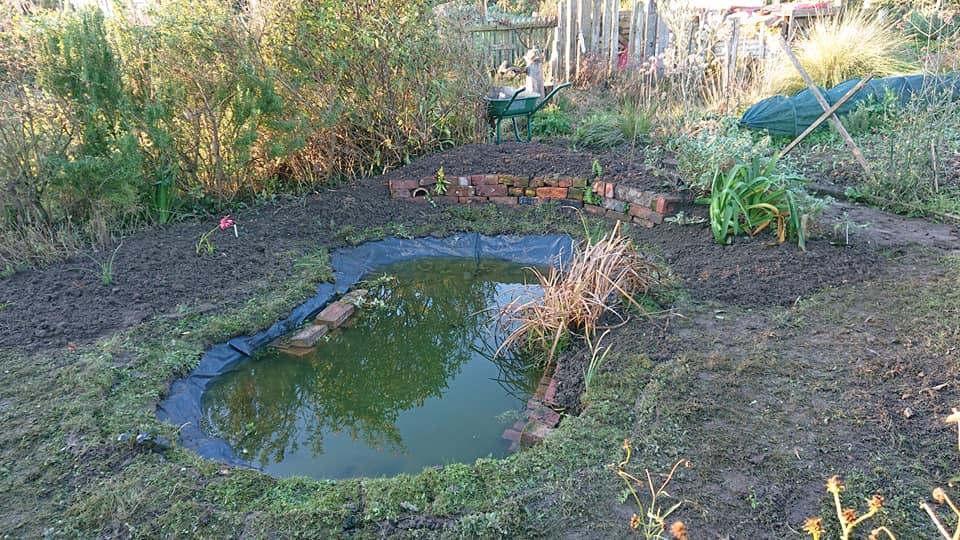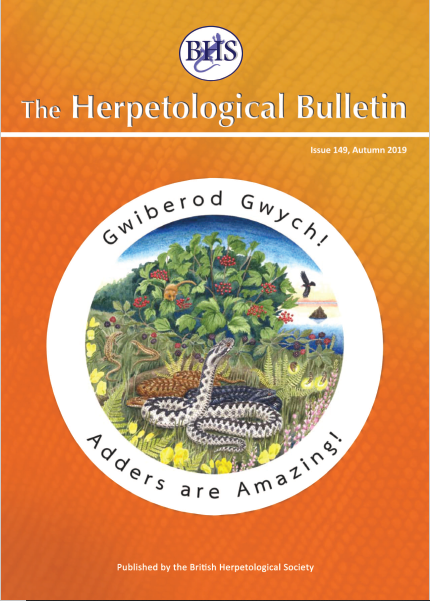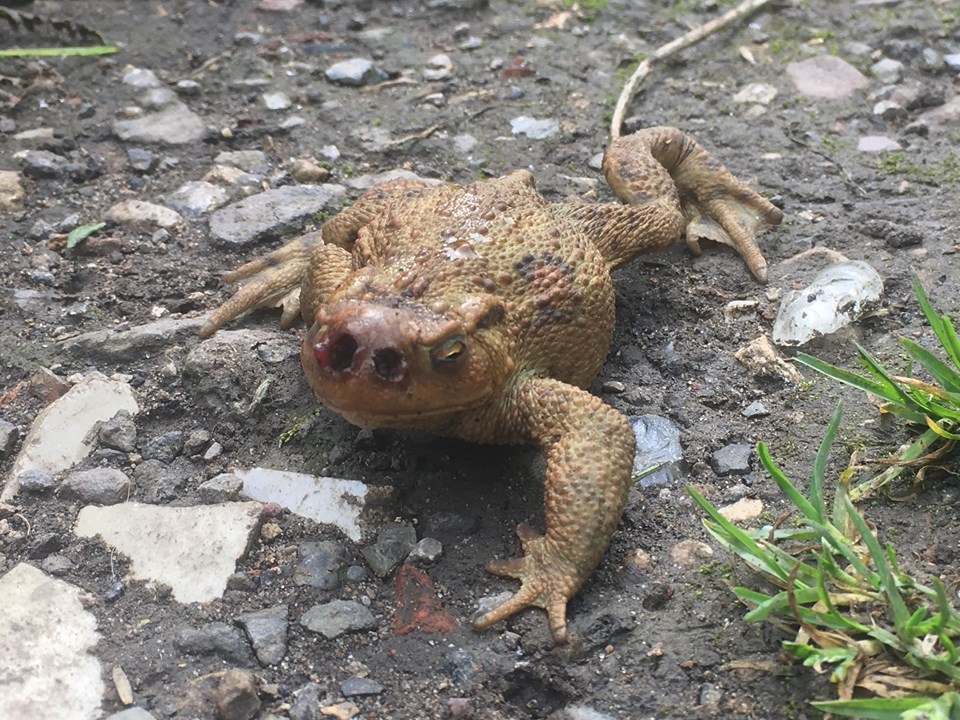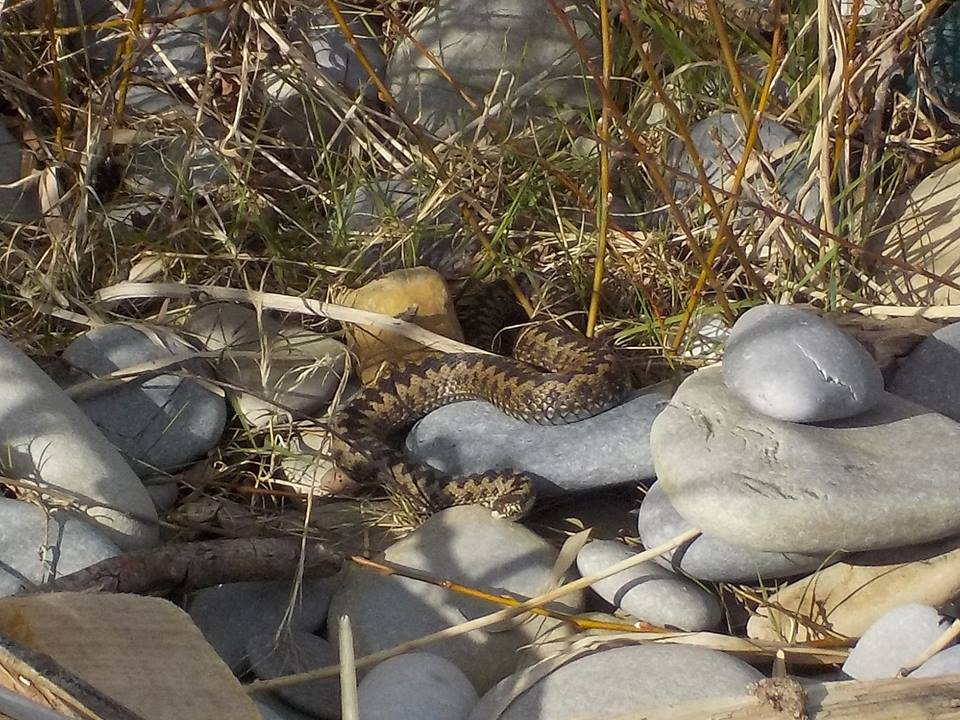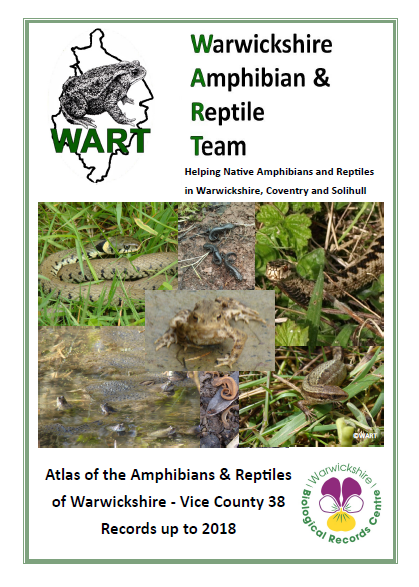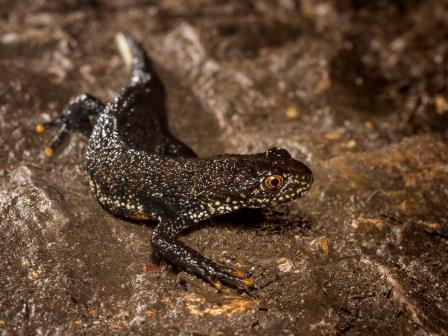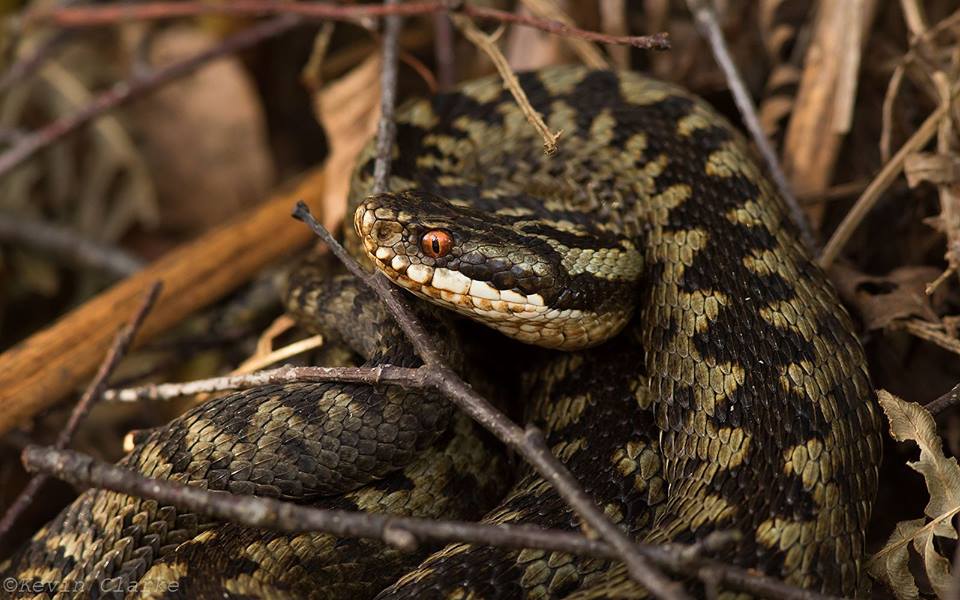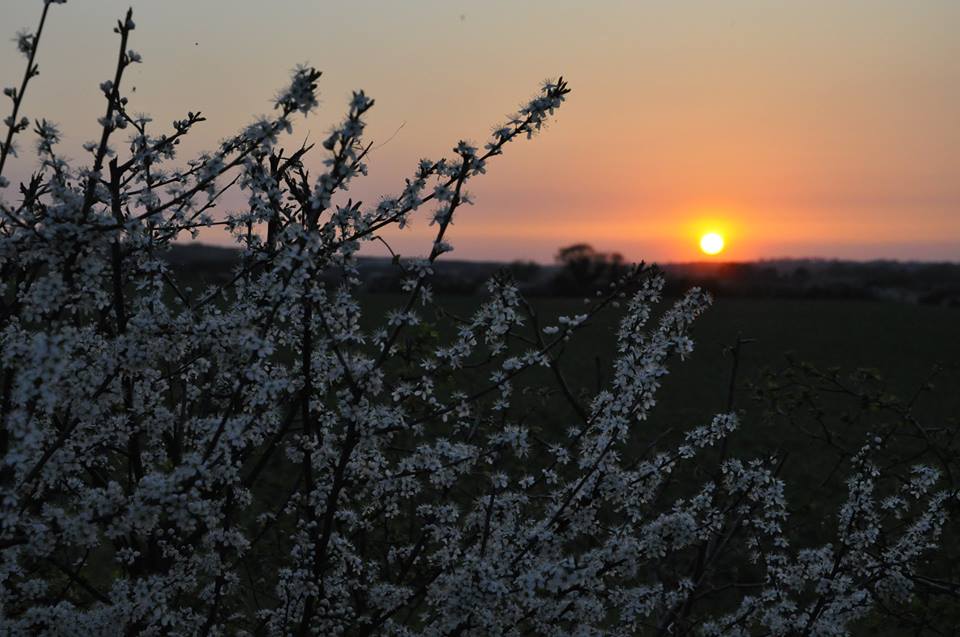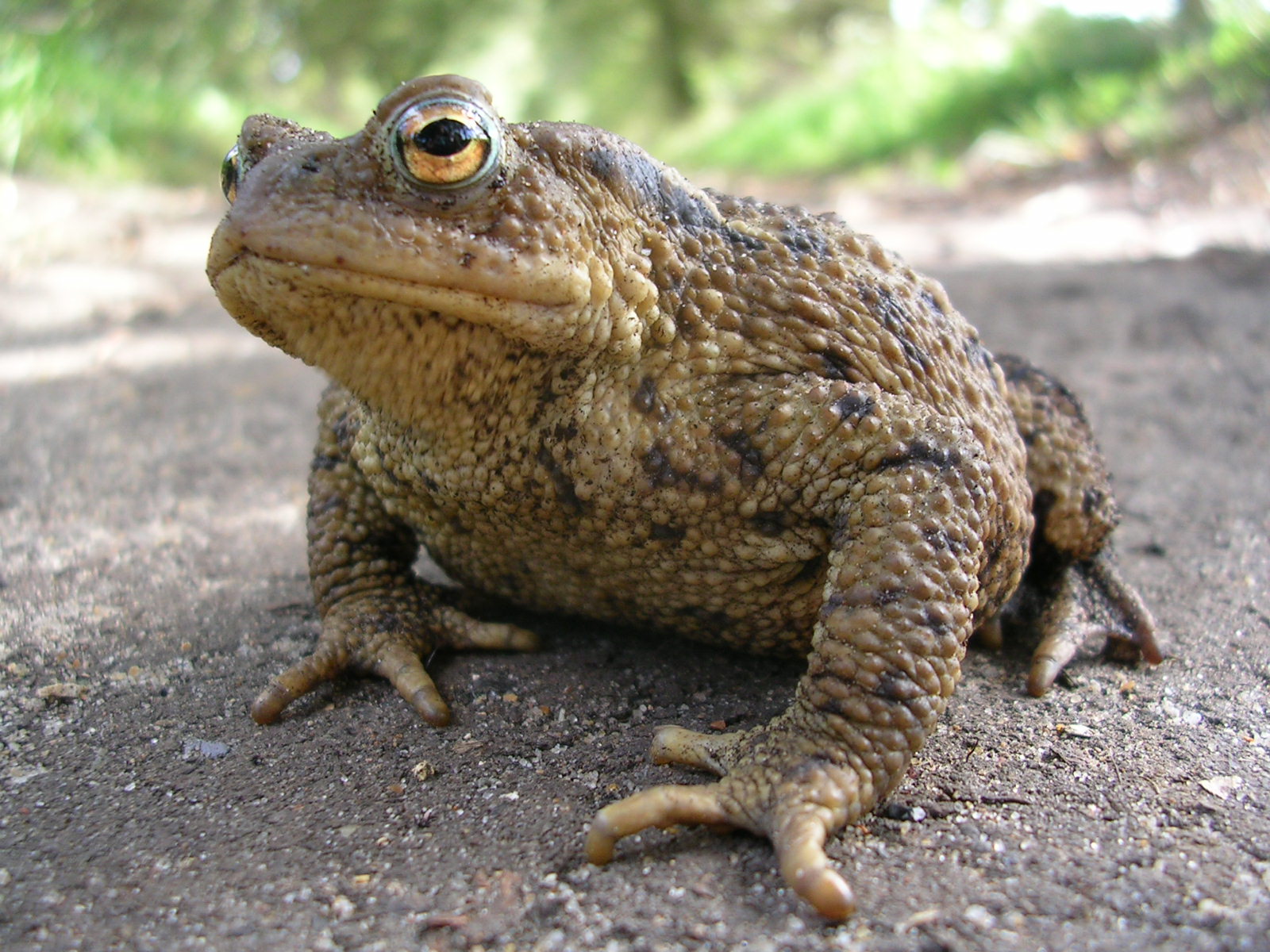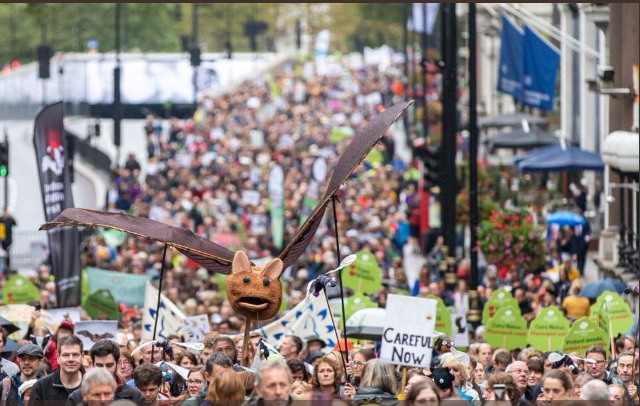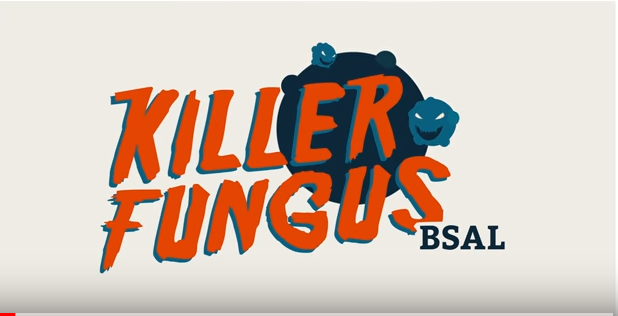Get involved
News
- Details
- Angela Julian
- Details
- Angela Julian
Ponds are great!
As well as providing vital habitat for our native amphibians, ponds also support a diversity of other native wildlife including reptiles (especially grass snakes), invertebrates and provide a vital water source for wild birds and mammalian visitors. However, pond creation can be…Read more: Wildlife Pond Construction and Habitat Creation on an Allotment in Norfolk
- Details
- Angela Julian
Read more: Vanishing Viper 2019: A European approach to developing an adder conservation strategy
- Details
- Angela Julian
Read more: Creating grass snake egg-laying heaps – the ‘RAVON Recipe’
- Details
- Angela Julian
- Details
- Angela Julian
Read more: Keeping everyone safe - Our adder code 'Stop, Step Back and Smile'
- Details
- Angela Julian
Read more: Atlas of the Amphibians & Reptiles of Warwickshire (Vice County 38 Records) up to 2018
- Details
- Angela Julian
- Details
- Angela Julian
- Details
- Angela Julian
A legacy of a joy for nature - In Memorium to Madeleine Parnwell
In 2018 Steve Parnwell of Cambridge and Peterborough ARG, brought us the sad news of the tragic loss of his wife in a road accident, one night a few weeks before Christmas of…- Details
- Angela Julian
Read more: Amphibians and Reptiles in Leicestershire and Rutland: A Review (2018)
- Details
- Angela Julian
Read more: Chris Packham's - A People's Manifesto for Wildlife
- Details
- Angela Julian
Read more: Bsal - a deadly new newt disease on our doorstep!
- Details
- Angela Julian
Read more: Two herp conferences in 10 days - Christmas has come early!
- Details
- Angela Julian
The adder (Vipera berus) - fun facts!
- Adders are quite small snakes and only grow to…
Read more: Adders are (even more) Amazing - Fun facts and top tips!!


